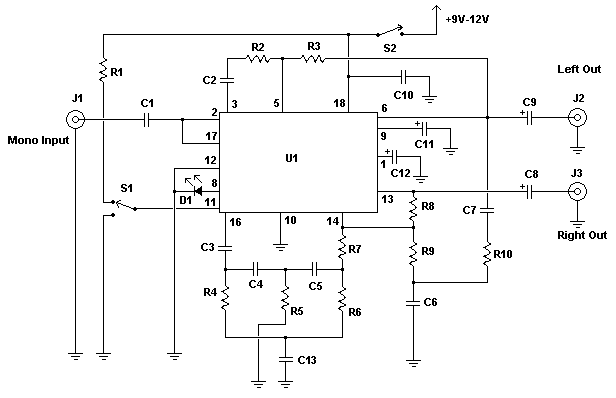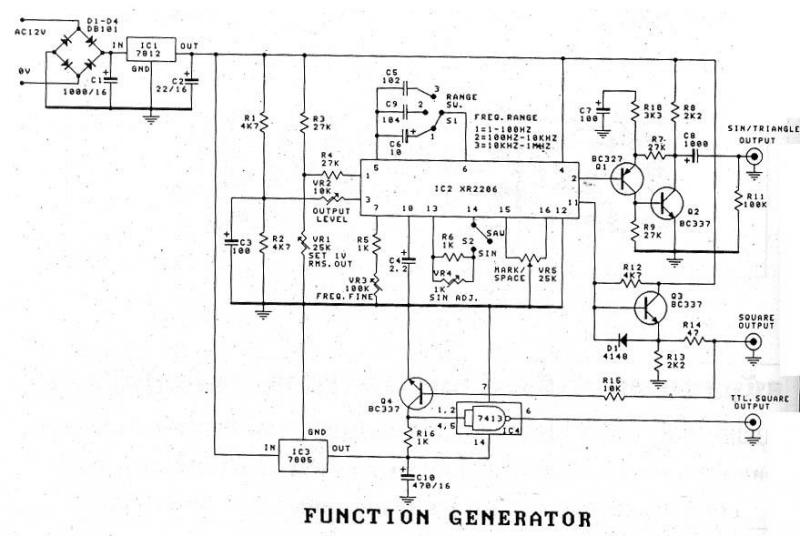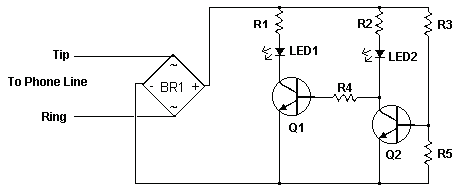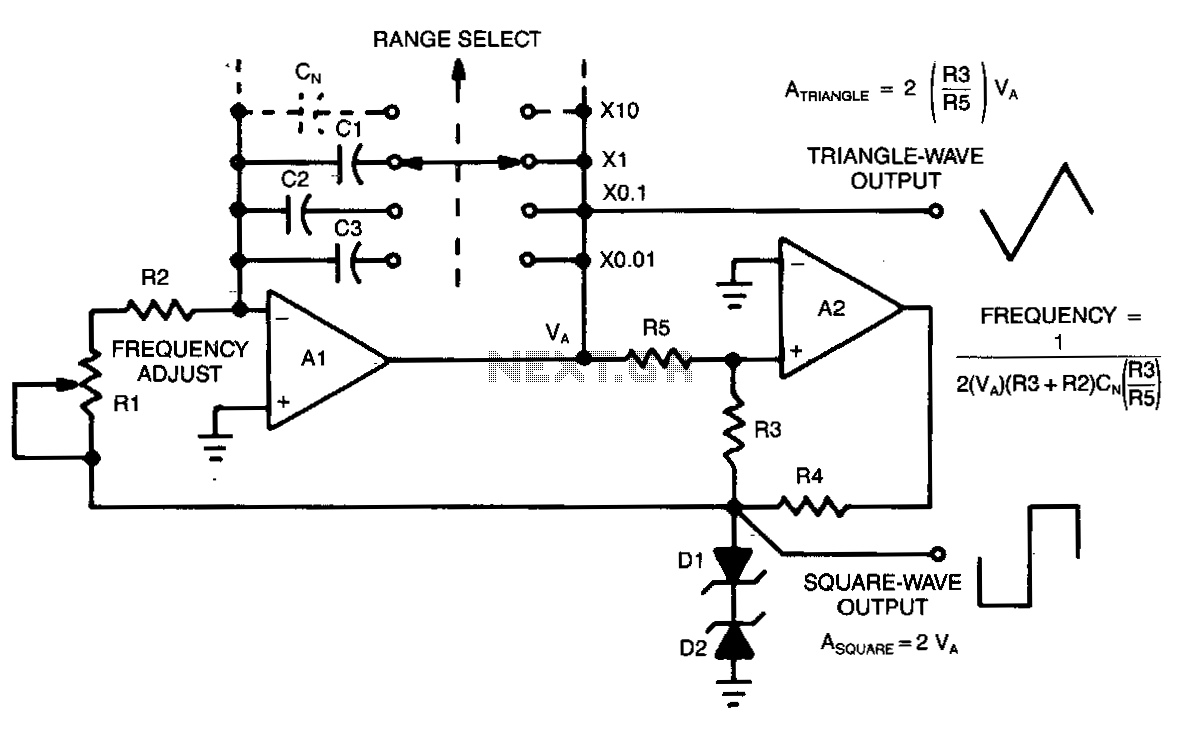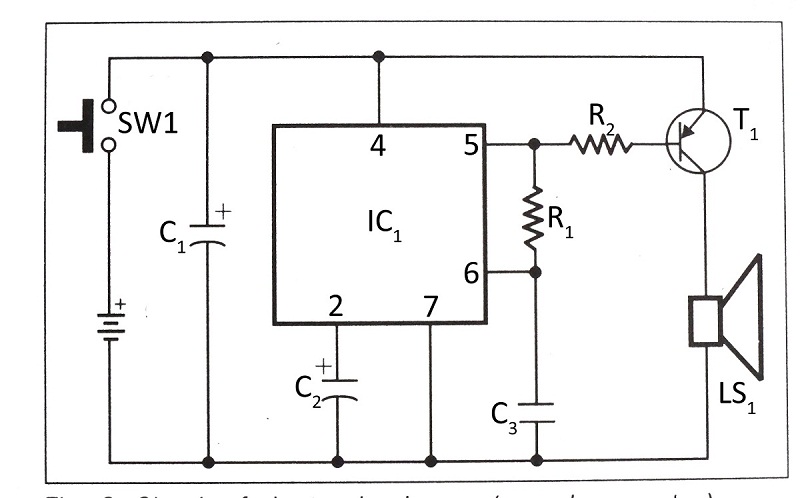
Telephone Ringtone Generator
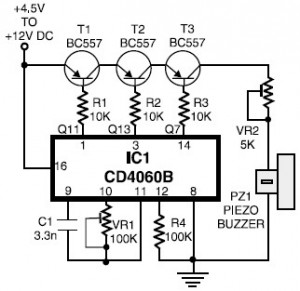
A telephone ring tone generator circuit is constructed using only a few components. This circuit simulates a telephone ring tone and operates with a voltage range of 4.5V DC to 12V DC.
The telephone ring tone generator circuit typically includes a few key components: a microcontroller or a simple oscillator circuit, a resistor, a capacitor, and a speaker or piezo buzzer. The microcontroller or oscillator generates a square wave signal, which mimics the ringing tone of a telephone. The output frequency of this signal is crucial, as it must replicate the typical ringing frequency of standard telephones, usually around 20 Hz to 30 Hz.
Power supply considerations are important, as the circuit operates within a voltage range of 4.5V DC to 12V DC. This allows for flexibility in power source selection, whether from batteries or a DC power supply. The components must be rated appropriately to handle the voltage and current levels involved.
The circuit can be designed to include a variable resistor (potentiometer) to adjust the tone's volume, allowing for customization based on user preference. Additionally, capacitors may be used to filter the output signal, ensuring a clean sound without distortion.
In practical applications, this ring tone generator can be integrated into various devices that require a ringing sound, such as alarm systems, intercoms, or even DIY telephone systems. The simplicity of the design makes it suitable for educational purposes as well, providing an excellent project for those learning about basic electronics and sound generation.
Overall, the telephone ring tone generator circuit is an efficient and straightforward solution for generating a recognizable ringing sound, making it a valuable addition to various electronic projects.Telephone ring tone generator circuit, built with only several components. It generates simulated telephone ring tone and requires 4.5V DC to 12V DC voltage 🔗 External reference
The telephone ring tone generator circuit typically includes a few key components: a microcontroller or a simple oscillator circuit, a resistor, a capacitor, and a speaker or piezo buzzer. The microcontroller or oscillator generates a square wave signal, which mimics the ringing tone of a telephone. The output frequency of this signal is crucial, as it must replicate the typical ringing frequency of standard telephones, usually around 20 Hz to 30 Hz.
Power supply considerations are important, as the circuit operates within a voltage range of 4.5V DC to 12V DC. This allows for flexibility in power source selection, whether from batteries or a DC power supply. The components must be rated appropriately to handle the voltage and current levels involved.
The circuit can be designed to include a variable resistor (potentiometer) to adjust the tone's volume, allowing for customization based on user preference. Additionally, capacitors may be used to filter the output signal, ensuring a clean sound without distortion.
In practical applications, this ring tone generator can be integrated into various devices that require a ringing sound, such as alarm systems, intercoms, or even DIY telephone systems. The simplicity of the design makes it suitable for educational purposes as well, providing an excellent project for those learning about basic electronics and sound generation.
Overall, the telephone ring tone generator circuit is an efficient and straightforward solution for generating a recognizable ringing sound, making it a valuable addition to various electronic projects.Telephone ring tone generator circuit, built with only several components. It generates simulated telephone ring tone and requires 4.5V DC to 12V DC voltage 🔗 External reference
